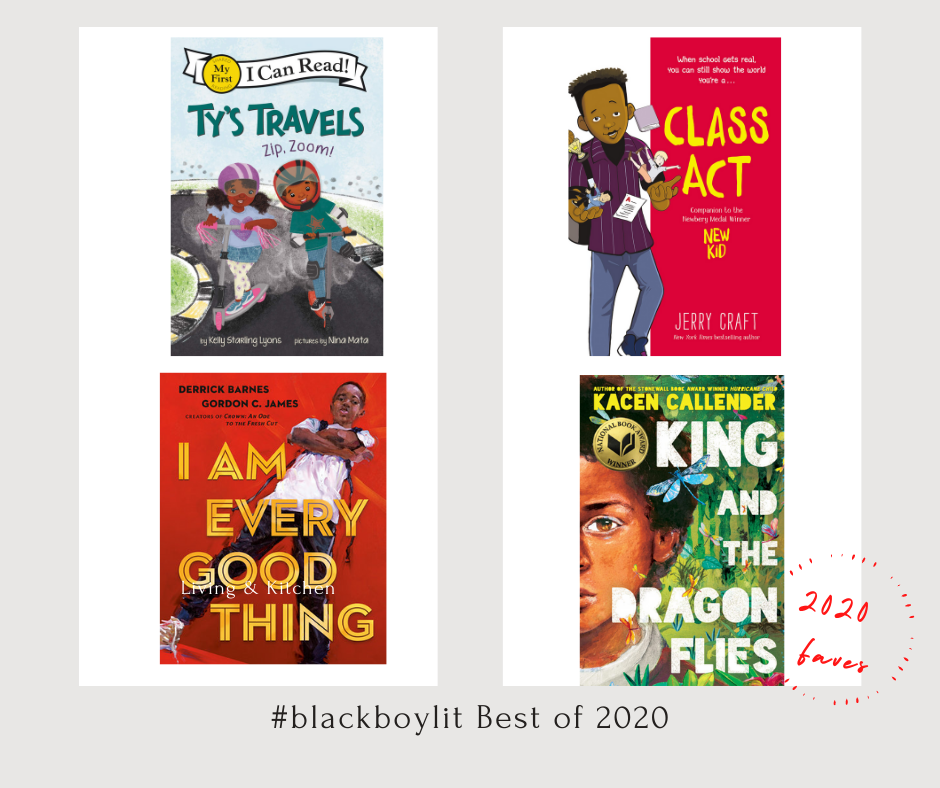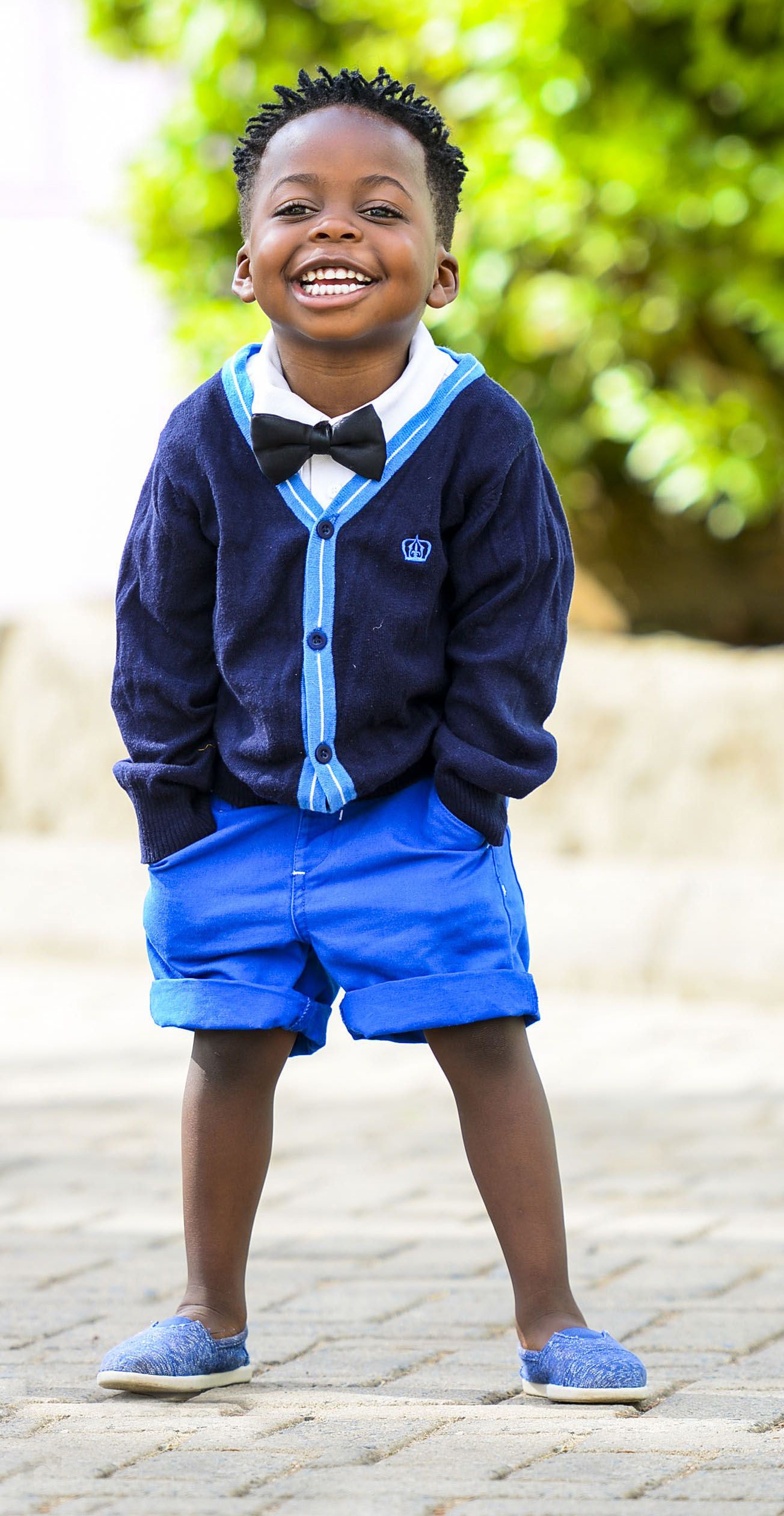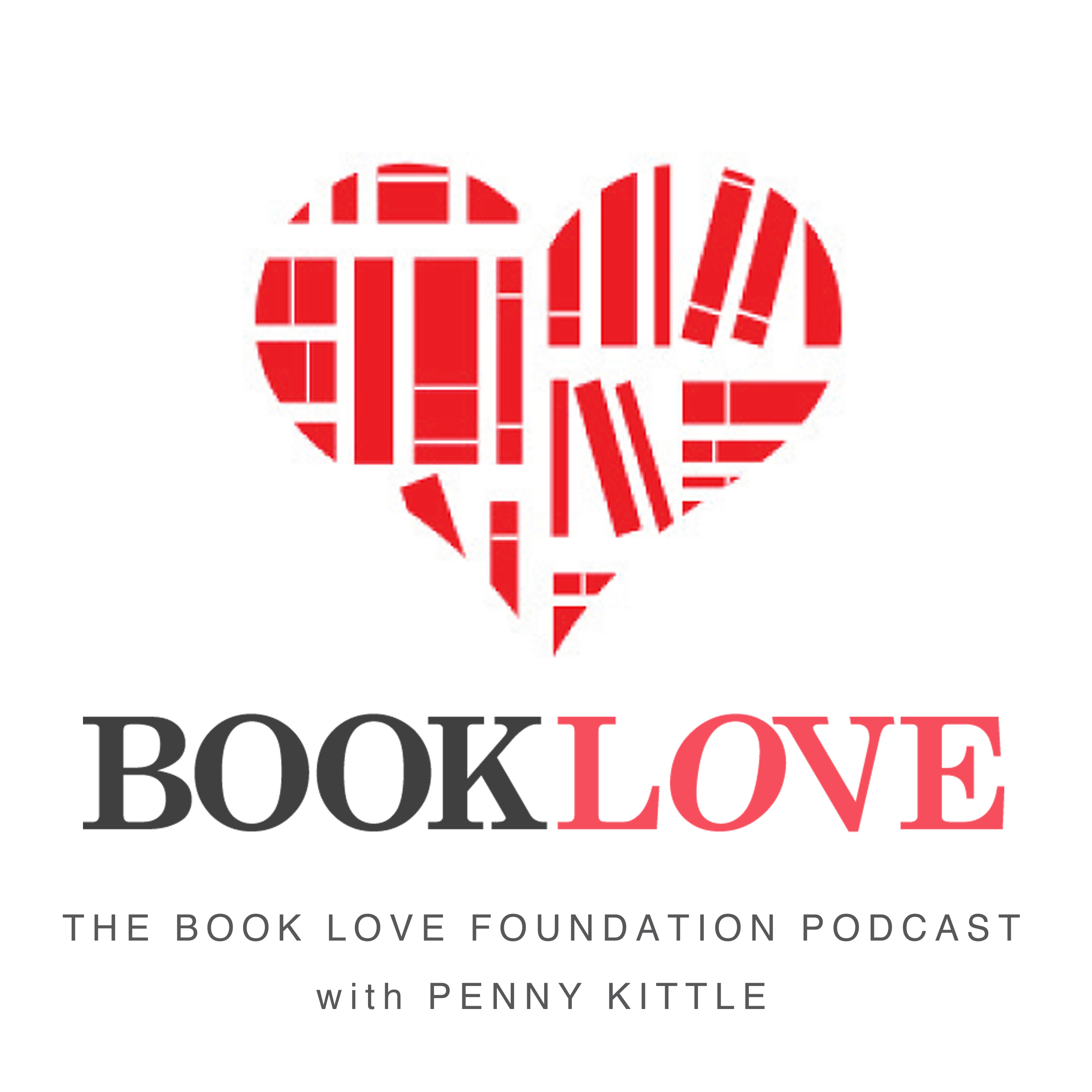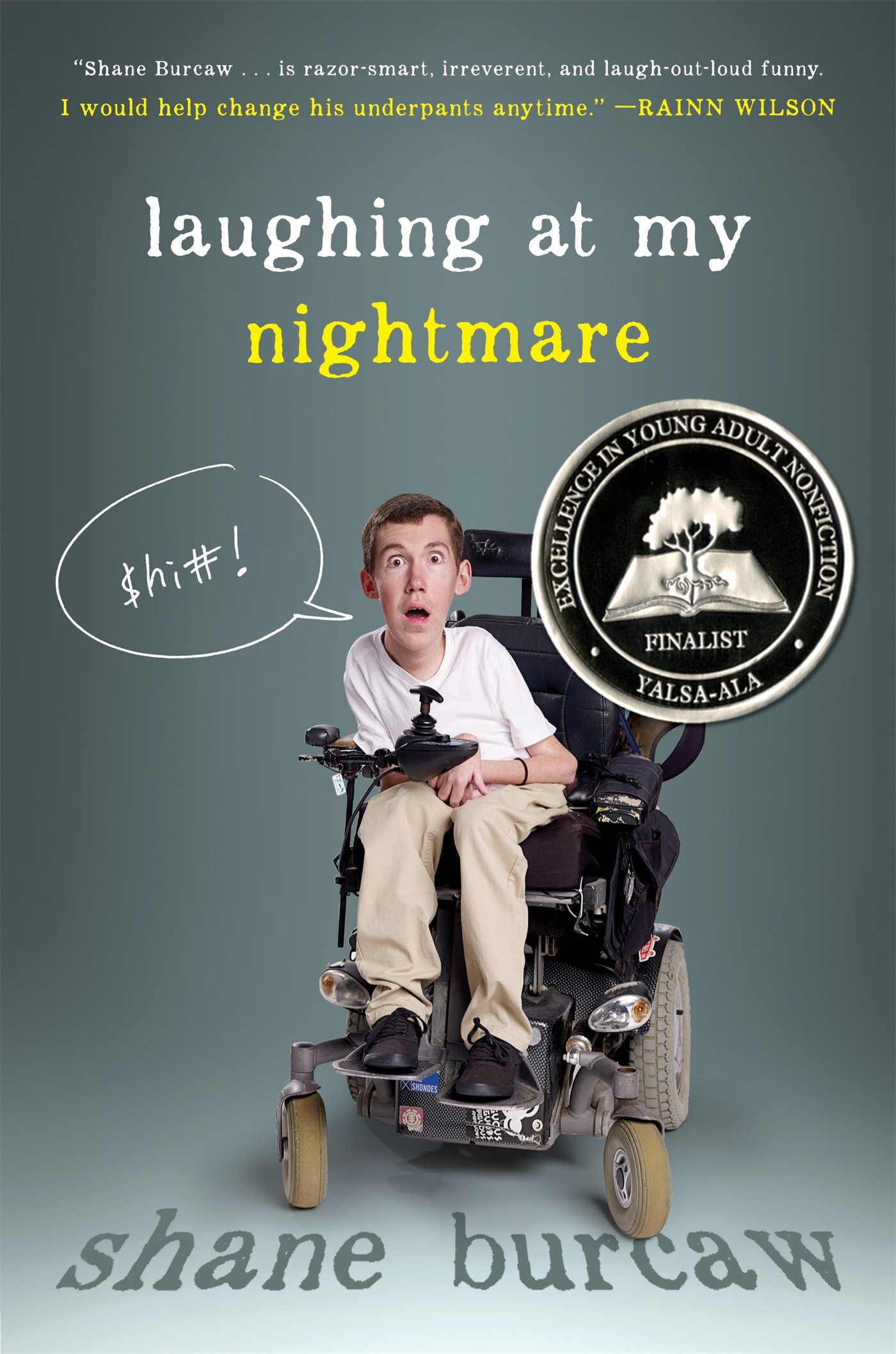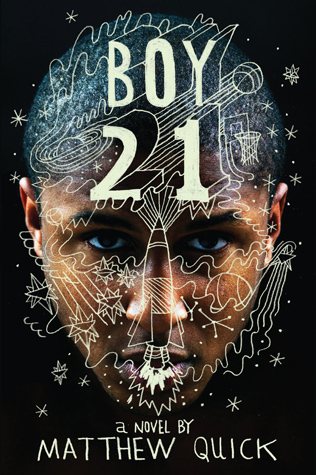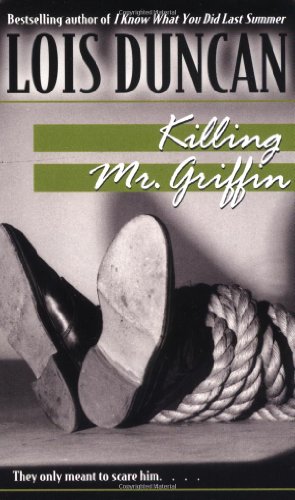Hi there. It’s been a minute, I know. But I’ve been doing some things: trying to live through a pandemic, starting a new job, and, well, writing a book. Literacy Is Liberation: Working Toward Justice Through Culturally Relevant Teaching with ASCD is coming out in February, 2022. CAN YOU BELIEVE IT?
SAME.
It’s definitely been a process. And, because I’m celebrating submitting the page proofs a moment ago, I immediately wanted to capture a few feelings before I forgot them. Here they go, in no particular order…
- You can write a book. I interact with so many different people who are doing amazing things. If you want to write a book, please, write your book. Then, I hope that if you want to find a publisher you can find one like ASCD that made the process one that made sense to me, that figured out how to work with me, and that shepherded me through from start to finish. Much of this was all about belief: once I wrapped my head around acknowledging that I HAD to write about my practice if I wanted to really understand and own it, then the universe kind of opened up. That said…
- You have to commit to actually writing that book once you convince yourself. As much as I hoped, it wouldn’t write itself. That meant that I had to get a system together for keeping track of my references (Zotero, FTW), getting myself on a schedule, and reaching my goals I’d set for myself. I channeled much of the discipline I thought I’d never need again once I wrote my dissertation, lol. Indeed, having a schedule and a timeline, while also telling folks who will hold you gently accountable, definitely helped.
- Take the time to write your acknowledgements. I asked for more space for my acknowledgements and STILL didn’t get to thank all the people I wanted to. However, I did the best I could. I also know that people will read them, so I wanted to be sure that when and if they did, they would know how grateful I was for them. Thus, even if you feel like you don’t want to do any.more.writing, get some water (or something stronger), jot down a list of all the people, see them in your head cheering you on, and write to them. It’s a fabulous way to wrap up a project.
- You have to reconcile the worry you feel about putting your ideas out into the world with the bigger picture of why it matters and, well, DO IT. I mean, look, Gloria Ladson-Billings is the GOAT, and here I am, talking about culturally relevant teaching. Does it feel new? No, in some ways, AND YET, we still ain’t getting it right. So, there was lots of space there to really think through how we can do it while also helping educators build community, talk about race, and get ourselves together. But I still have dreams about “OMG, is she gonna yell at me?” Well, I hope not, and I also hope this book contributes to the requests so many teachers have about all the issues I address in the book.
- Build in small rewards and play with your people along the way. I am trying to uncouple myself from the productivity industrial complex, but OMG is it hard sometimes, especially when there are deadlines to meet, meetings to attend, and dinner to at least consider making. I’ve realized that small rewards are actually quite big for me. I enjoy doing absolutely nothing, watching Grey’s Anatomy, writing letters, dreaming about home…so many things. When I’d get stuck, or needed a bit more motivation, I’d do those things and, lo and behold, I’d get my mojo back long enough to wrap up a paragraph. I also am grateful for my people who were NOT writing a book and therefore insisted I eat, play, scream, dance, play BeyBlades or Pokemon, draw some pictures, read a book, write a poem, or anything that made me realize I am a human being. We are connected to other people. Writing a book didn’t come in the way of that, and I’m happy my work on boundaries, while often aspirational at best, enabled me to love on them, be loved on, and still complete this project.
I know this picture above might be familiar to some people, as I posted it on social media, but the FEELING of having the page proofs in my hand, and to be celebrating over hot pot with my dear friend after so much time apart, was something I wanted to hold on to. Thus, I put this picture here to remind myself of the joy that also accompanied this project.
I am going to put in a plug for finding yourself a really good editor to bring you along. I worked with the fabulous Acquisitions Editor, Allison Scott, from ASCD who presented me with a timeline and helped me get my goals together. She was also the best warm demander/cheerleader I needed. I also got experience writing for ASCD in different mediums: shorter pieces that helped me define my voice, get feedback, and make decisions about what I wanted, and needed to write about. It’s like the low-stakes practice we get young writers to do daily; so much so that when the bigger thing comes along, you’ll have been mentored, received feedback, and feel ready to take the next right step for you.
Please, now, write a book. If you want to. Or reach out to someone (like emailing Acquisitions at ASCD) to talk through ideas and help chart a path forward (plus, it’s FREE). I mean, people have been telling me for a looong time I “should” write a book, but it was only when the time, place, and publisher aligned did it make sense for me to do. If that time is for you, then, I hope you’ll do it, because, especially for BIPOC folks, there is SO much we know and do that others need to understand, and there are publishers who are so interested in our stories that they’ll help us along: mentorship, guidance, and publishing. Our stories are powerful; get to writing!


